Persimmons 6b astringent
njgrower
9 years ago
Featured Answer
Sort by:Oldest
Comments (43)
ampersand12
9 years agonjgrower
9 years agoRelated Professionals
Eden Prairie Landscape Architects & Landscape Designers · Middle Island Landscape Architects & Landscape Designers · Palm Springs Landscape Architects & Landscape Designers · Brooklyn Center Landscape Architects & Landscape Designers · Berkeley Heights Landscape Contractors · Berkley Landscape Contractors · Concord Landscape Contractors · Coram Landscape Contractors · East Patchogue Landscape Contractors · Indio Landscape Contractors · Point Pleasant Landscape Contractors · Seven Hills Landscape Contractors · Wallingford Landscape Contractors · Silver Firs Landscape Contractors · Goldenrod Landscape Contractorslucky_p
9 years agonjgrower
9 years agonjgrower
9 years agogrow_life
9 years agocousinfloyd
9 years agoTony
9 years agotjasko
9 years agonjgrower
9 years agoTony
9 years agonjgrower
9 years agocousinfloyd
9 years agoTony
9 years agonjgrower
9 years agoTony
9 years agomamuang_gw
9 years agocousinfloyd
9 years agomamuang_gw
9 years agonjgrower
9 years agoforestandfarm
9 years agoTony
9 years agonjgrower
9 years agoTony
9 years agocousinfloyd
9 years agocreekweb
9 years agoskyjs
9 years agoampersand12
9 years agocousinfloyd
9 years agotjasko
9 years agonjgrower
9 years agoTony
9 years agotjasko
9 years agoTony
9 years agonjgrower
9 years agotjasko
9 years agonjgrower
9 years agoTony
9 years agonjgrower
9 years agonjgrower
9 years agoTony
9 years agoprinceton701
7 years ago
Related Stories

FRUIT TREESHow to Grow Your Own Persimmons
Sturdy and easy to care for, these trees offer bright fruit through winter — and keeping them in bounds is no sweat
Full Story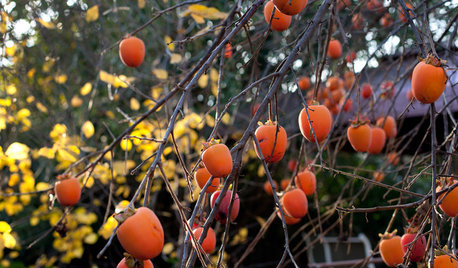
EDIBLE GARDENSGreat Design Plant: Persimmon
Combining beautiful fruit, vivid fall leaves and low maintenance, this tree is a winner in the garden
Full Story
ORANGECozy Up With Warm Clay Colors
Give your space an autumn color splash with shades of pumpkin and persimmon
Full Story
FURNITURE6 Decades-Old Designs That Look Better Than Ever
After getting a few nips and tucks, some favorites from the ’60s and ’70s have made a stylish comeback
Full Story
FALL GARDENING6 Trees You'll Fall For
Don’t put down that spade! Autumn is the perfect time for planting these trees
Full Story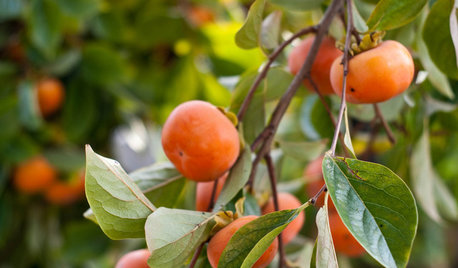
CALIFORNIA GARDENINGCalifornia Gardener's November Checklist
In a season of traditions, let's take advantage of California's familiar — as well as quirky — planting opportunities
Full Story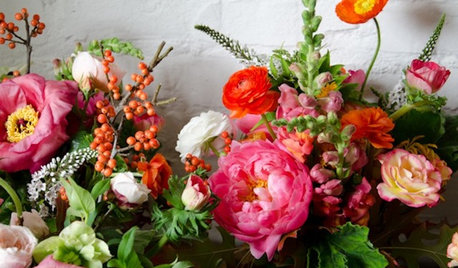
DECORATING GUIDESHow to Make Beautifully Untamed Floral Arrangements
See how you can create your own floral feast for the holidays or any day
Full Story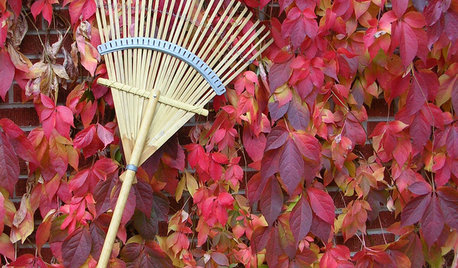
GARDENING GUIDESYour November Garden Checklist
What to do around the U.S. this month to help your garden thrive — when you're not admiring fall's brilliant colors, that is
Full Story
EDIBLE GARDENSHow to Grow 10 Favorite Fruit Trees at Home
Plant a mini orchard in fall, winter or early spring to enjoy fresh-off-the-tree fruit the following year
Full Story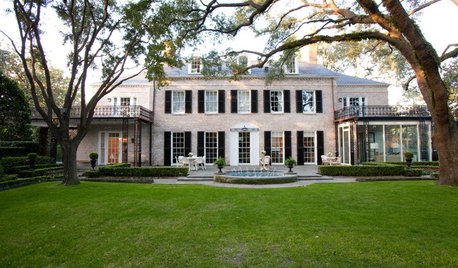
HOUZZ TOURSHouzz Tour: Playful Luxury Infuses a 1929 Houston House
Understated elegance gets an update with thoughtful splashes of color, pattern and glamour in a gracious Texas family home
Full Story





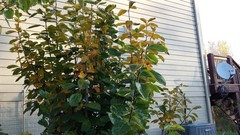


cousinfloyd